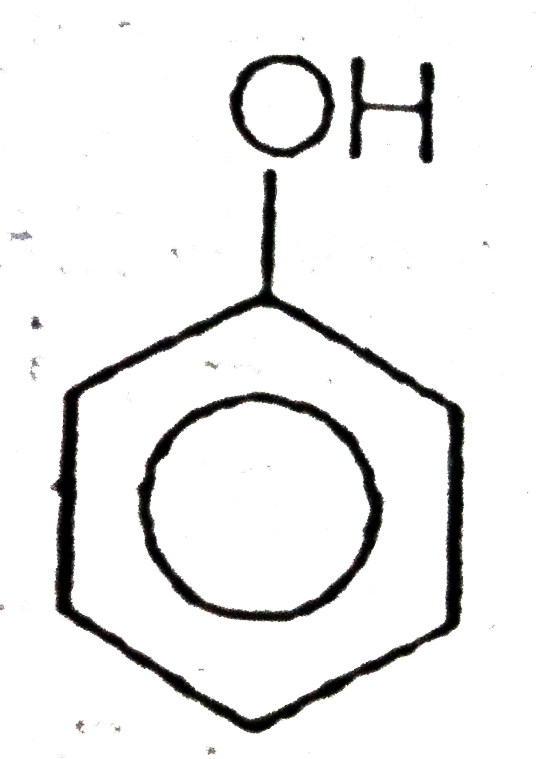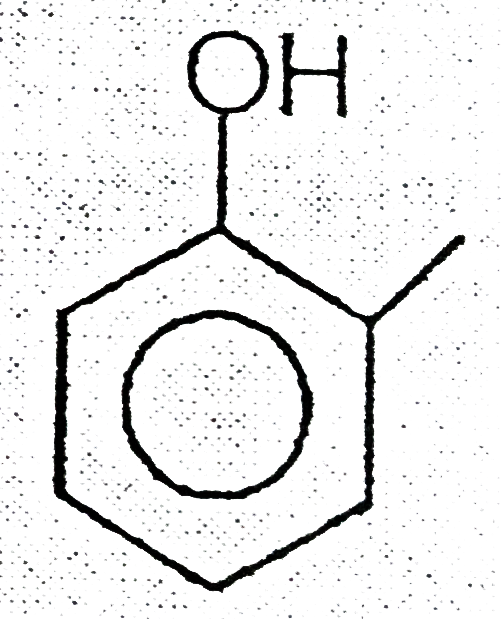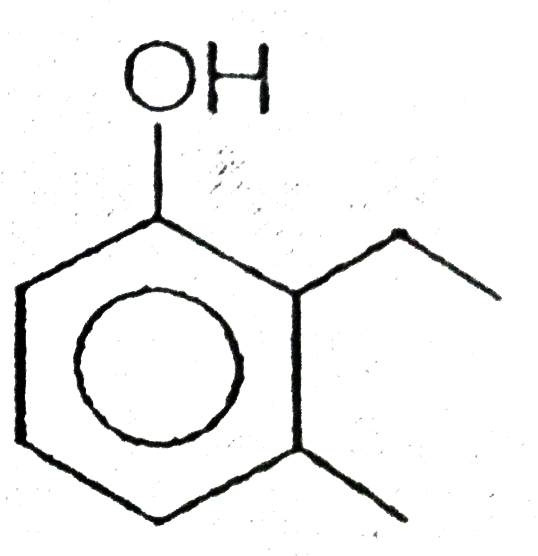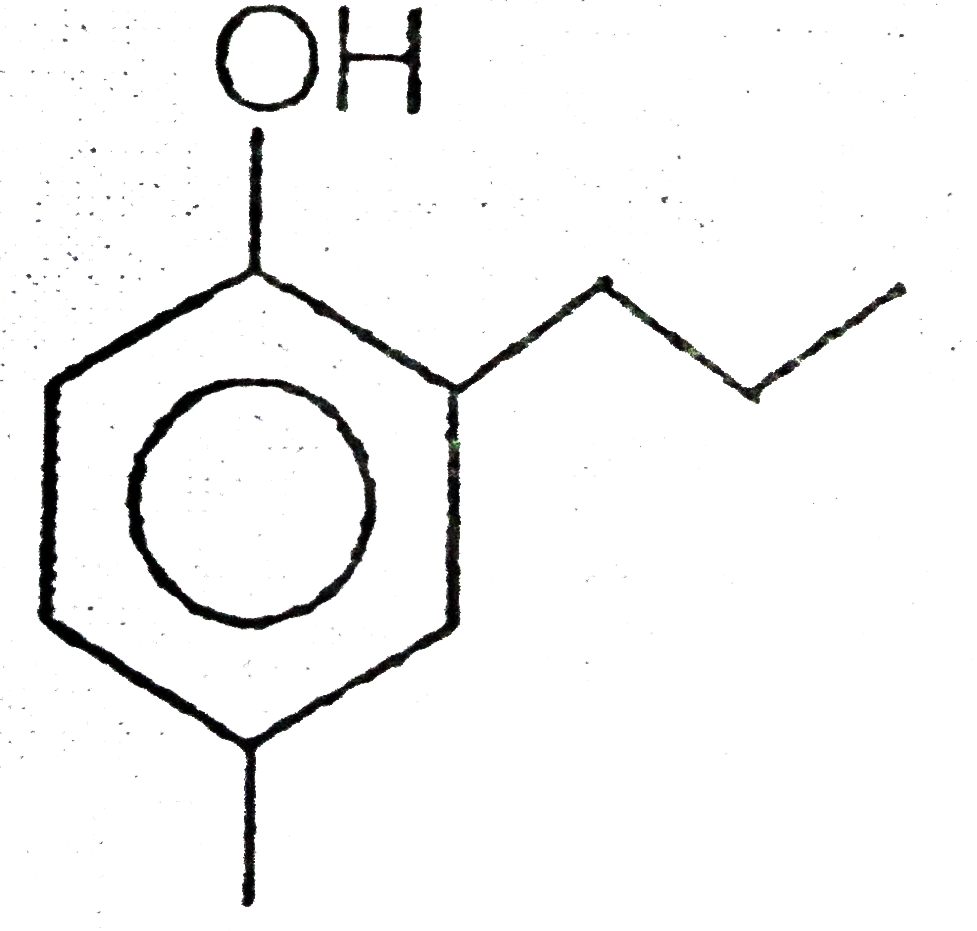Read the following points :−
(i) Increase GFR
(ii) Increase B.P.
(iii) Decreases blood volume
(iv) Increases aldosterone secretion
(v) Vasoconstrictor
(vi) Increases Na⊕ excretion
How many points are correct about Angiotensin II ?
Two
Three
Four
Five
The correct Answer is:3
To determine how many points are correct about Angiotensin II, we will analyze each statement one by one:
1. Increase GFR (Glomerular Filtration Rate):
- Angiotensin II does not significantly alter GFR. It primarily affects blood pressure and blood volume rather than increasing GFR. Therefore, this statement is incorrect.
2. Increase B.P. (Blood Pressure):
- Angiotensin II is known to be a potent vasoconstrictor, which increases blood pressure. This statement is correct.
3. Decreases blood volume:
- While Angiotensin II increases blood pressure, it can lead to a decrease in blood volume due to its role in promoting sodium reabsorption and water retention. However, the statement is somewhat misleading as it does not directly cause a decrease in blood volume but rather influences it indirectly. This statement is correct.
4. Increases aldosterone secretion:
- Angiotensin II stimulates the adrenal cortex to secrete aldosterone, which promotes sodium reabsorption and potassium excretion. Therefore, this statement is correct.
5. Vasoconstrictor:
- Angiotensin II is indeed a vasoconstrictor, which contributes to the increase in blood pressure. This statement is correct.
6. Increases Na⁺ excretion:
- Angiotensin II promotes sodium reabsorption, not excretion. Therefore, this statement is incorrect.
Now, let's summarize the correctness of each statement:
- Increase GFR: Incorrect
- Increase B.P.: Correct
- Decreases blood volume: Correct
- Increases aldosterone secretion: Correct
- Vasoconstrictor: Correct
- Increases Na⁺ excretion: Incorrect
Total Correct Points: 4 out of 6.
- Angiotensin II does not significantly alter GFR. It primarily affects blood pressure and blood volume rather than increasing GFR. Therefore, this statement is incorrect.
- Angiotensin II is known to be a potent vasoconstrictor, which increases blood pressure. This statement is correct.
- While Angiotensin II increases blood pressure, it can lead to a decrease in blood volume due to its role in promoting sodium reabsorption and water retention. However, the statement is somewhat misleading as it does not directly cause a decrease in blood volume but rather influences it indirectly. This statement is correct.
- Angiotensin II stimulates the adrenal cortex to secrete aldosterone, which promotes sodium reabsorption and potassium excretion. Therefore, this statement is correct.
- Angiotensin II is indeed a vasoconstrictor, which contributes to the increase in blood pressure. This statement is correct.
- Angiotensin II promotes sodium reabsorption, not excretion. Therefore, this statement is incorrect.
- Increase GFR: Incorrect
- Increase B.P.: Correct
- Decreases blood volume: Correct
- Increases aldosterone secretion: Correct
- Vasoconstrictor: Correct
- Increases Na⁺ excretion: Incorrect
Topper's Solved these Questions
- HUMAN PHYSIOLOGY -IBOOK - ALLENCHAPTER - HUMAN PHYSIOLOGY -IEXERCISE - BEGINNERS BOX-21
1 Videos
- HUMAN PHYSIOLOGY -IBOOK - ALLENCHAPTER - HUMAN PHYSIOLOGY -IEXERCISE - BEGINNERS BOX-22
1 Videos
- HUMAN PHYSIOLOGY -IBOOK - ALLENCHAPTER - HUMAN PHYSIOLOGY -IEXERCISE - EXERCISE-III A. NCERT BASED QUESTIONS
17 Videos
- HUMAN HEALTH AND DISEASEBOOK - ALLENCHAPTER - HUMAN HEALTH AND DISEASEEXERCISE - Question
116 Videos
- HUMAN REPRODUCTION BOOK - ALLENCHAPTER - HUMAN REPRODUCTION EXERCISE - Question
92 Videos
Similar Questions
Angiotensin-II increases the blood volume by
View SolutionWhich one of the following is true during ageing?
(a) The decreased bone mass and increased chances of fractures
(b) Decrease in blood urea and GFR
(c) Decrease in cholesterol content of cornea and lens
(d) Increase in calcium content of arteries and cartilage
View Solution
Knowledge Check
Which of the following are the reasons for population explosion ?
(i) Increased health facilities
(ii) Rapid increase in MMR
(iii) Rapid increase in IMR
(iv) Rapid decrease in MMR
(v) Decrease in number of people reaching reproductive ageA(i) and (iv)B(iii) and (v)C(ii) and (iii)D(i) and (v)
Find the intervals in which the following functions are:
(i) increasing
.(ii)decreasing f(x)=2x2−6x
View SolutionArrange the following in increasing order of their
(i) Solubility and (ii) Boiling point




View SolutionConsider the following statements :
(I)An increase in pressure (caused by decrease in volume) at equilibrium results in increase in molar concentration of each gasous substances involved.
(II)An increase in pressure (caused by decrease in volume) at equilibrium results in increase in no. of moles of each gaseous substance involved.
(III)For the reaction A(s)⇔B(g)+C(g) at constant temperature, total pressure at equilibrium (of B(g) & C(g)) is not affected by changing the volume of container.
(IV)H2O(l)⇔H2O(g) on temperature increase K of this reaction is increased.
Tick the correct statement(s)
View SolutionChoose correct option out of the following with increase in n.
(a)T increases and v decreases
(b)T and V both increase
(c )T decreases and v increase
(d)T and V both decrease
where T is time period and v is velocity of an electron
View SolutionNorepinephrine
(i)Is released by sympathetic fibres
(ii)Is released by parasympathetic fibres
(iii)Increases the heart rate
(iv)Decreases blood pressure
Which of the above statements are correct?
View SolutionArrange the following places in increasing order of bird diversity.
(i) New York
(ii) India
(iii) Greenland
(iv) Columbia
View SolutionFollowing are events taking place for blood glucose regulation -
(i) increase in blood glucose
(ii) increase in circulating from glucagon
(iii) release of glucose from glycogen
(iv) decrease in blood glucose level
Select the option depicting the correct sequence of these events.
View Solution
